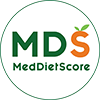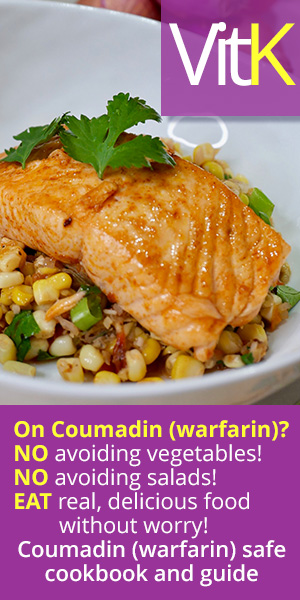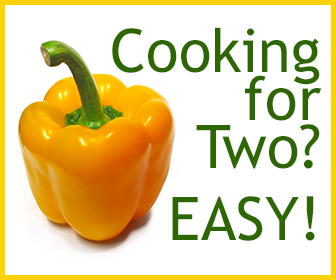Grocery Store Shelf Tags for Better Food Choices
They're at our local grocery store, and you'll find them in your local big chain grocery store, too. Some are color-coded, some have multiple stars, and some rely on some sort of complex algorithm to assign a numerical score that's higher for more nutrient-dense foods (this last one is at Whole Foods, among others). In any event, you've seen them: those grocery store shelf tags that are intended to indicate the healthier choices among various types of foods.
In the face of growing obesity rates, this is just one of the strategies that are being used to help people make better choices at the supermarket. And it's one of the cheapest, too. Individual lifestyle counseling is expensive and time-intensive, so it's reasonable to assess more cost-effective strategies that may help larger groups of people eat better. The problem is that studies actually evaluating whether these approaches actually work are still limited.
Dietary researchers at San Jose State University in California noted that a recent assessment of the weight status of college students reported that as many as 25% of college students nationwide are obese. Would grocery store shelf tags help college students, with notoriously poor eating habits, make better choices at the grocery store (J Am Diet Assoc 2010;110(8):1222-1226)?
The researchers selected an on-campus convenience store that is located within a residential complex that houses about 2,000 students, with adjacent residential units housing another 1300 students. While the freshmen and sophomores at San Jose State University are required to purchase a university meal plan, the plan is optional for the 1400 juniors and seniors who live in the housing complex and have access to in-apartment kitchens.
Seven food categories of the many food types available at the convenience store were selected for tagging, but only four categories were actually analyzed for the purposes of the study. These were items in the cereal, soup, cracker and bread categories because the prices were identical within the categories. (That way the students could not be influenced by price rather than the presence or absence of the shelf tags.) For an initial six weeks in the Fall semester, when there were no shelf tags present, purchase data for the seven categories was collected to serve as a baseline.
During the Spring semester, the shelf tags were placed on certain items in each category, and for five weeks purchasing data was again collected. The purchase rates for the cereals, soups, crackers and breads were then compared to the purchase rates for the same categories of items in the baseline data.
Interestingly, while the students were slightly more likely to choose the healthier items in the cereal, soup and crackers categories, they were slightly less likely to choose the whole wheat bread options (all of which were marked with shelf tags) than the white bread (not marked with a shelf tag). The percentage of difference in both cases is not considered significant, however: the tagged items had only a 3.6% increase in the percentage of total sales in their categories.
Certainly it's interesting that the college students were slightly more likely to purchase items that were marked as healthy. That said, while we can't complain about the methodology, we are concerned about the foods the researchers chose to mark as healthy. Cereals were marked as healthy options if they contained 3 or more grams of fiber and 5 or fewer grams of fat per serving. Soups were marked as healthy if they had 5 grams of fat or less per serving. Those of you who have been following this site for some time no doubt are aware that healthy foods are not just about fiber and fat. How much sugar was in each serving of cereal? How much sodium was in the soup? Worse yet were the items in the cracker aisle that were marked as healthy: they included Ritz crackers and Cheez-Its. Cheez-Its? Healthy?
What this means for you
Be an informed consumer. When you see these types of shelf tags, ask yourself what criteria is being used to designate a food as healthy. There should be information available at the store. Be sure to read that information and decide for yourself if those criteria are in line with your nutritional needs. Are they looking only at fat? Are they looking at added salt? What about sugar? Just because the food is marked healthy doesn't mean it's the best choice on the shelf - compare the different options and make your decision.
First posted: September 29, 2010




